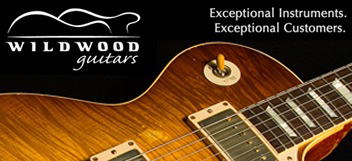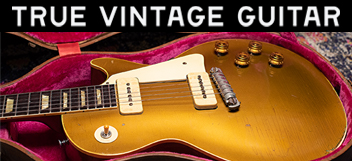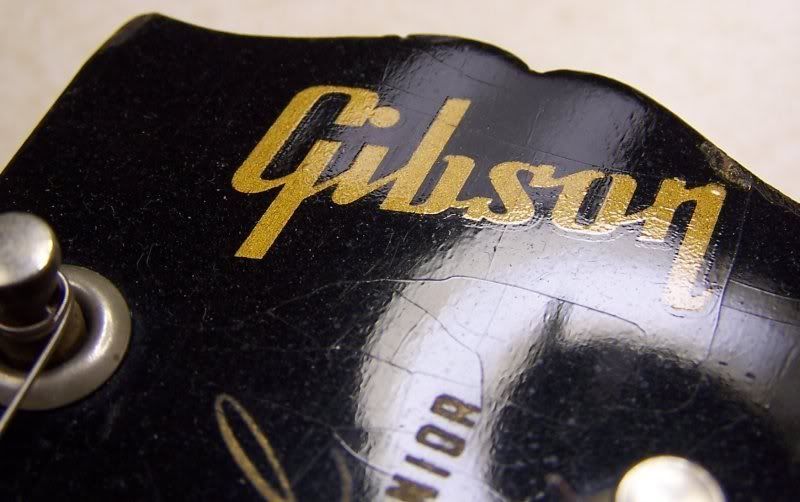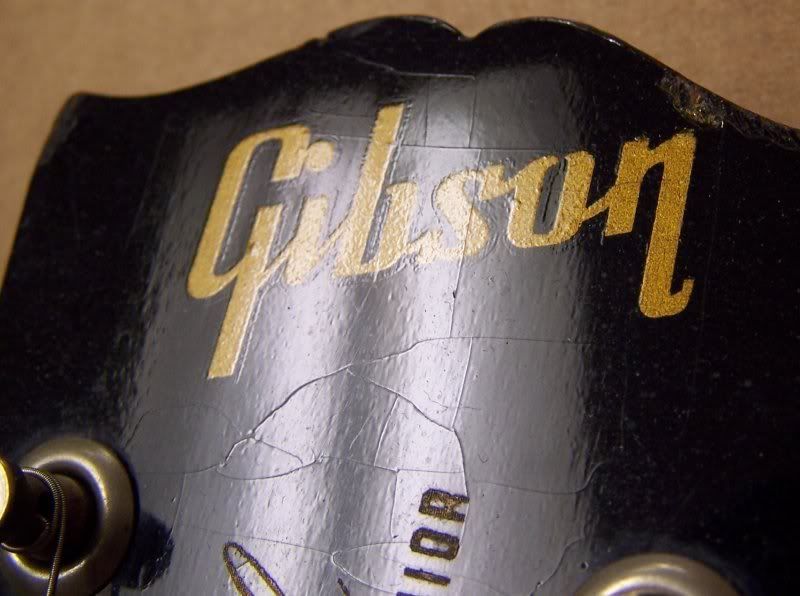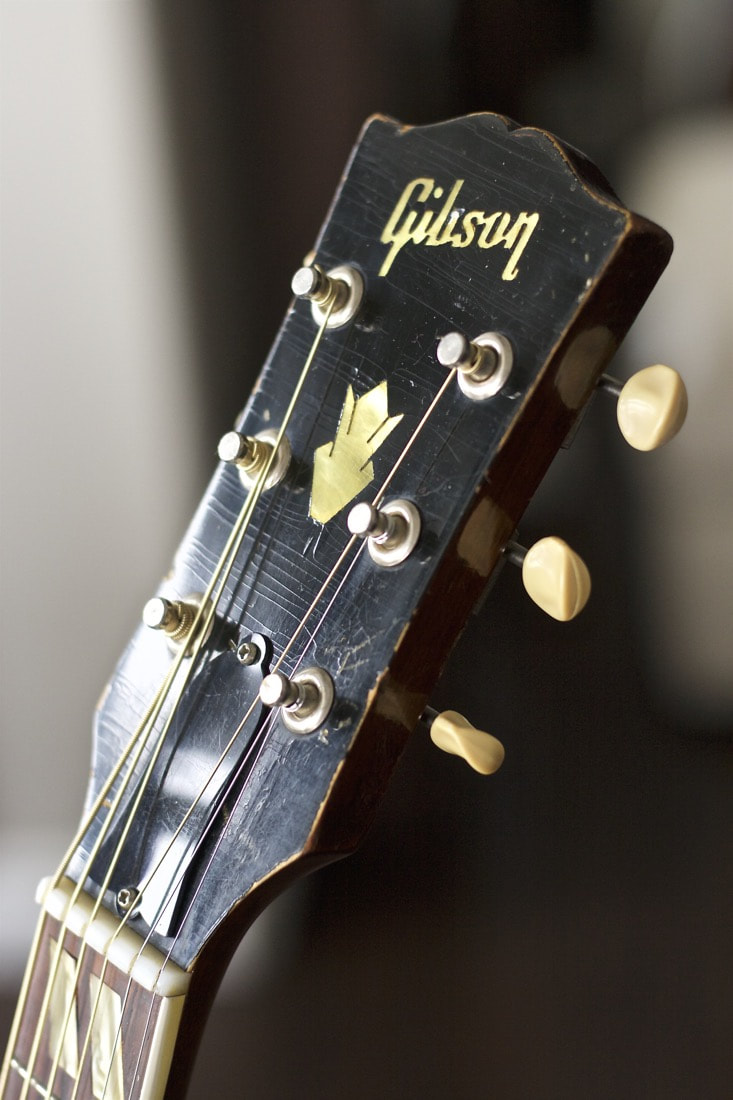buyusfear
Well-known member
- Joined
- Oct 3, 2006
- Messages
- 2,951
I've been trying to find an answer to this and can't.
Does anyone know why the Kluson 3x3 strip tuners came with, what I'll call simpler/cheaper stamped ferrule/bushings on singlecut and double cut Junior models; but, on Specials they had the fancier cast ferrules/bushings?

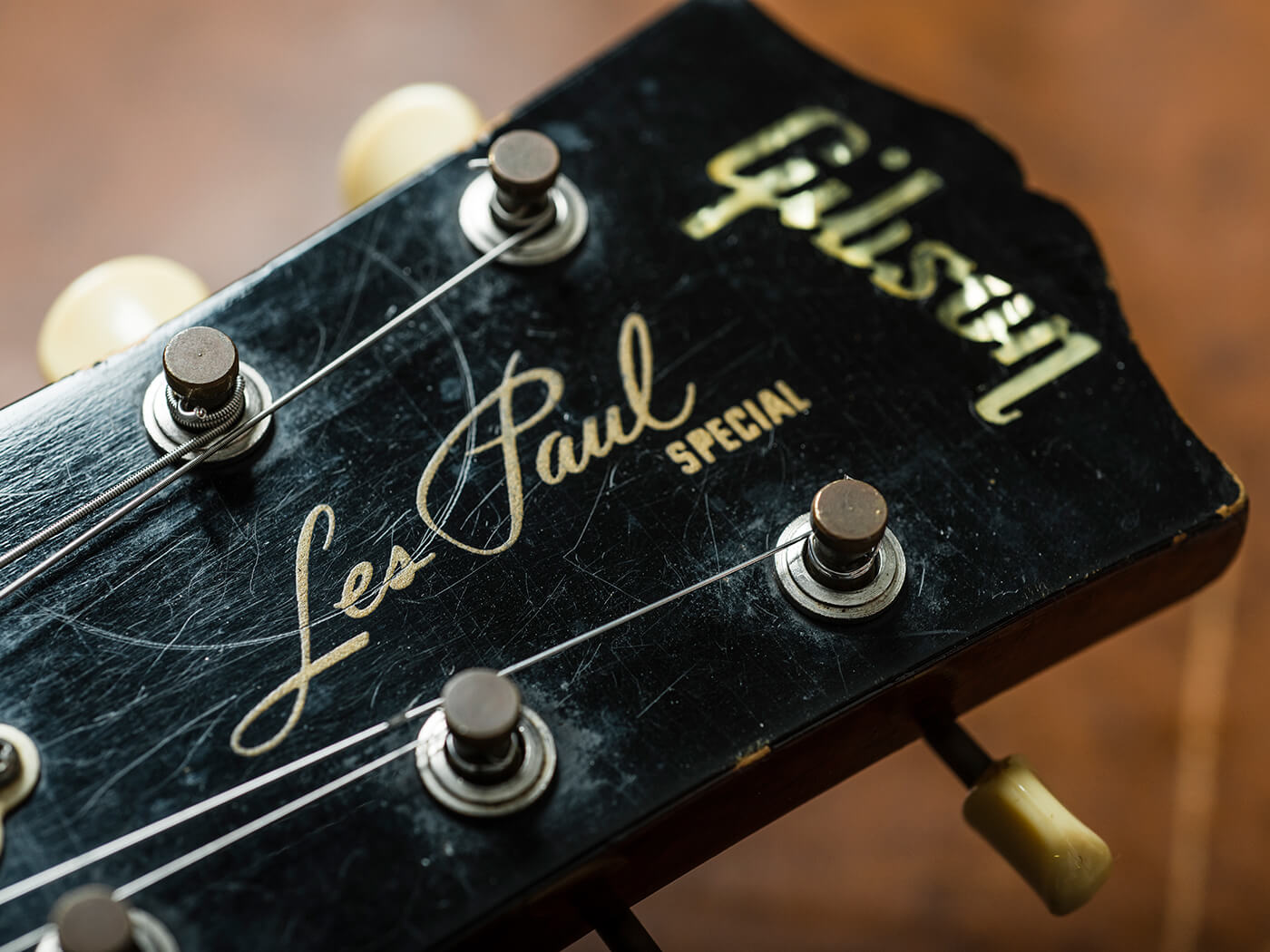
They both have the brass post and peg machineheads (which if i'm not mistaken was used across all 3 on a plate tuners at Gibson, be it lap steel, or electric) but in this case the bushings differ?
Does anyone know why the Kluson 3x3 strip tuners came with, what I'll call simpler/cheaper stamped ferrule/bushings on singlecut and double cut Junior models; but, on Specials they had the fancier cast ferrules/bushings?


They both have the brass post and peg machineheads (which if i'm not mistaken was used across all 3 on a plate tuners at Gibson, be it lap steel, or electric) but in this case the bushings differ?


